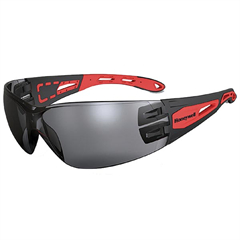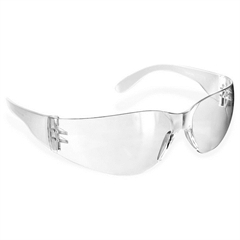The perfect work shirt is a balance between comfort, style, and functionality. Here are some key factors to consider when finding a comfortable work shirt:
- Fabric: Choose natural fabrics like cotton or blends that are breathable, soft, and comfortable against the skin. These fabrics allow air circulation and prevent excessive sweating.
- Fit: Look for a shirt that’s neither too tight nor too loose. A slim or regular fit shirt that allows freedom of movement without feeling constricting is ideal.
- Stretch: Shirts with a slight amount of stretch (usually with added elastane or spandex) can offer increased comfort and flexibility, especially if your work involves a lot of movement.
- Collar: A well-fitting collar is essential. If you wear ties or prefer a formal look, choose a shirt with a collar that’s comfortable when buttoned up. If you prefer an open collar, ensure that it doesn’t dig into your neck.
- Sleeves: Depending on your preferences and dress code, you can opt for long sleeves, short sleeves, or convertible sleeves (which can be rolled up). Make sure the sleeves aren’t too tight and allow you to move your arms comfortably.
- Breathability: Look for shirts with good ventilation, like shirts with vents or breathable panels. This helps regulate your body temperature throughout the day.
- Moisture-wicking: Consider shirts with moisture-wicking properties, especially if you tend to sweat. These shirts pull moisture away from your skin, keeping you dry and comfortable.
- Wrinkle-resistance: Wrinkle-resistant shirts can save you time and effort in ironing or steaming. Look for shirts labeled as non-iron or wrinkle-free.
- Length: The length of the shirt should be appropriate for your body type and the pants you usually wear. It shouldn’t be so short that it becomes untucked easily or so long that it bunches up.
- Color and Style: Opt for colors and styles that align with your workplace dress code. Neutral colors like white, light blue, and pale gray are versatile and often well-received in professional settings.
- Layering: If your work environment is temperature-variable, consider shirts that can be easily layered under blazers, cardigans, or sweaters.
- Quality: Invest in a good-quality shirt that will last. Higher-quality materials and craftsmanship can enhance the overall comfort and longevity of the shirt.
- Brand and Reviews: Check out reviews and recommendations from others who have bought the shirt. Their experiences can give you insights into comfort, fit, and durability.
- Try Before You Buy: Whenever possible, try on the shirt before purchasing. Walk around, move your arms, and assess how it feels. This is the best way to determine if the shirt is truly comfortable for you.
Remember that everyone’s idea of comfort can vary based on personal preferences and body types. What’s comfortable for one person might not be for another. Take the time to explore different options and find the work shirt that suits your needs best.






















